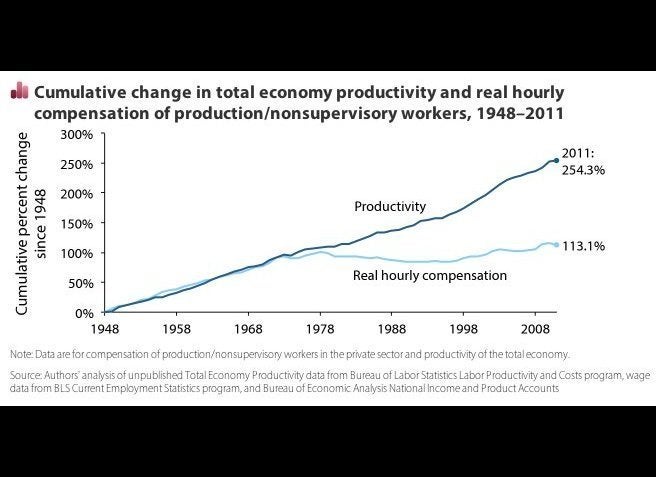It's almost as certain as death and taxes.
Interest rates will go up.
These low interest rates we've enjoyed for years will begin rising. I personally believe we still have some time before rates start upward. Since you have a little time left, I'd like to give you a few suggestions.
Keep in mind these things cannot be done overnight, so get started on a few or all of them as soon as you can.
So what can you do to protect yourself from rising interest rates?
1.Pay off variable interest rate debt. This is probably the best suggestion I can give you. When interest rates start to rise, any credit card or loan that is tied to the prime rate will begin to increase. First, that means you'll experience payments that consist of more interest and and less principal paid. Or, it could mean higher payments than you are paying now. Either way, try to pay these debts down as fast as possible.
2. Refinance debt. If you cannot pay off your variable debt, then try to lock in a fixed rate of interest on these loans. This includes credit cards and student loans. If you are paying more than say 4% interest on your mortgage or you have an adjustable rate. Adjustable rates charge a fixed payment for a certain period like, five to ten years. After the fixed rate expires, you are subject to prevailing rates. In this case they will probably be higher. Get moving on refinancing while rates are reasonable.
3. Ladder your bonds and CDs. Now we switch to investments. An old technique for shielding investments from rising rates is laddering. You can ladder bonds or CDs. Laddering is a technique where you divide your investment equally and have money exposed to reinvestment at varying times. For example, you have $10,000 in CDs. You could buy four $2,500 CDs. One for three months, a six month CD, a nine month CD and a 1 year CD. This allows you to obtain higher rates as a bond or CD matures without committing your entire investment at one lower rate.
4. Consider TIPS or Treasury Inflation Securities. TIPS are adjusted twice a year to reflect changes in the U.S. Consumer Price Index, which is an inflation benchmark. If price levels rise, coupon payments will rise too. So your interest on the bond makes an effort to keep up with rising rates.
5. Shorten bond duration. If you own long-term bonds in your portfolio, you might want to get more exposure to short to medium term bonds. These bonds will be less sensitive to interest rate increases than the longer stuff. Of course, the trade off will be less income from shorter term bonds. It's a fade off. if you are planning on holding longer term bonds until they mature, then all you'll notice is prices on your statement going into the red.
The Bottom Line
Clients ask me all the time, "when do you think interest rates will start to rise?" My answer, "My crystal ball is in the shop." What I mean is, it's very difficult to predict interest rate direction just like stock market direction. Use some of these prudent ideas to get ready for a higher interest rate environment. Be smart. The best strategy is a combination of all of these.
If you liked my article, subscribe here for free! I'll have that hard-working virtual paperboy toss one in your inbox every Friday.
